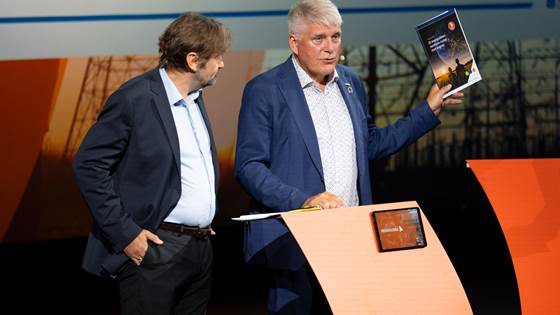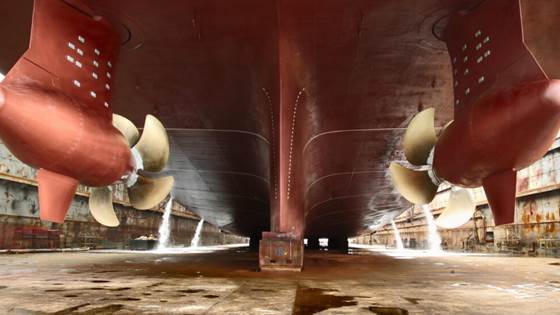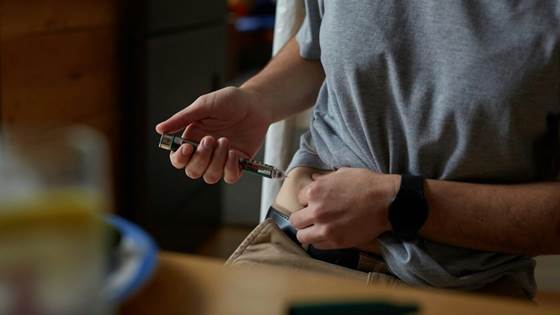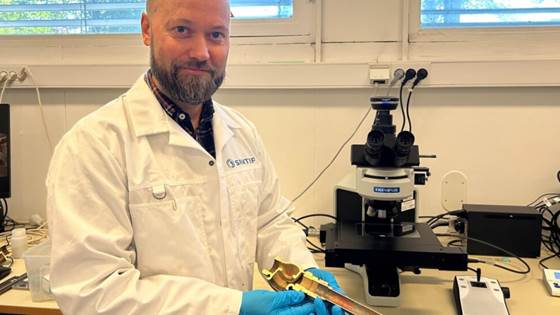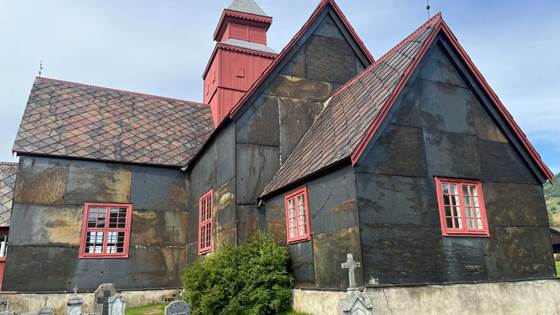
CCS and Europe’s green industry policy: NZIA on the agenda at the gigaCCS Consortium Days
How will Norway position itself in relation to Europe’s new industry policy for net-zero technologies? A key focus of the 2025 gigaCCS Consortium Days was the EU’s Net-Zero Industry Act (NZIA), and the impact this would have on Norway’s CCS plans.








